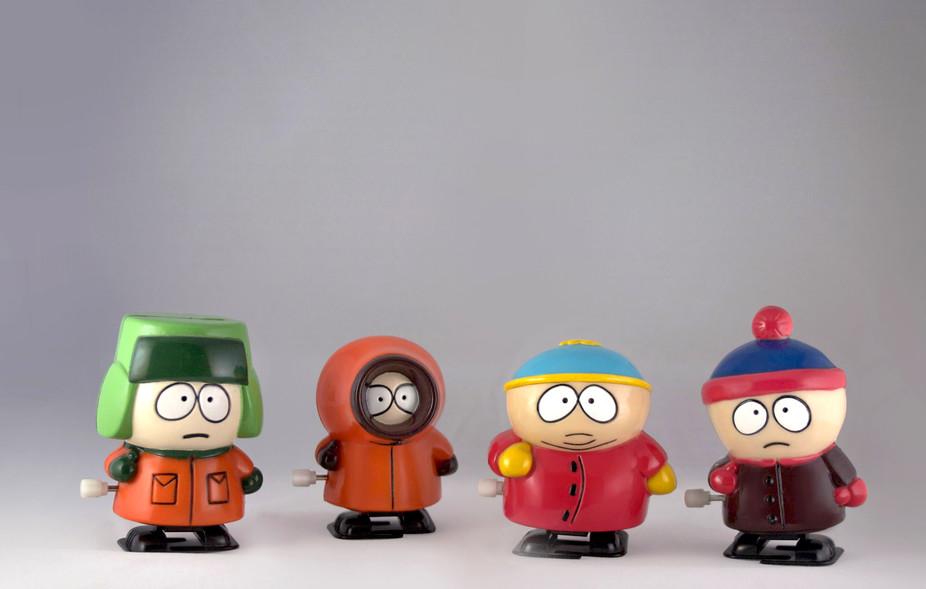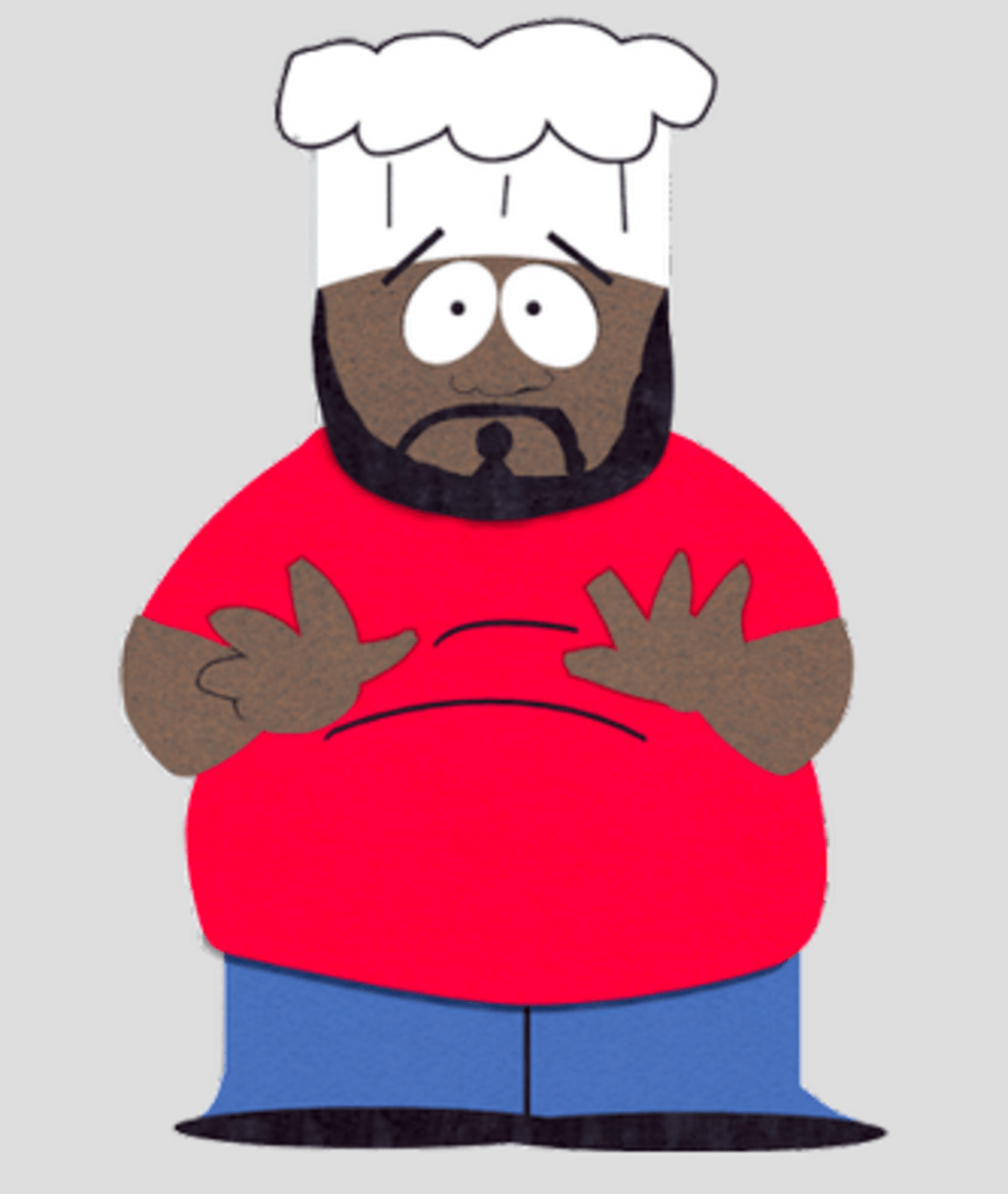South Park at 20: how to make a classic comedy by insulting everybody
Many critics were quick to label the show a flash in the pan when it started. Today marks 20 years since it first aired, and it’s still thriving

Your support helps us to tell the story
From reproductive rights to climate change to Big Tech, The Independent is on the ground when the story is developing. Whether it's investigating the financials of Elon Musk's pro-Trump PAC or producing our latest documentary, 'The A Word', which shines a light on the American women fighting for reproductive rights, we know how important it is to parse out the facts from the messaging.
At such a critical moment in US history, we need reporters on the ground. Your donation allows us to keep sending journalists to speak to both sides of the story.
The Independent is trusted by Americans across the entire political spectrum. And unlike many other quality news outlets, we choose not to lock Americans out of our reporting and analysis with paywalls. We believe quality journalism should be available to everyone, paid for by those who can afford it.
Your support makes all the difference.My first visit to South Park was the animated short “The Spirit of Christmas: Jesus vs Santa”. I was fresh from art school and working as a 3D animator, producing “cut-scene” narrative shorts for computer games for some of the biggest companies in the field. We were mostly animating lifelike characters, striving for photorealism within the limitations of the software of the time. Then came Cartman, Kyle, Stan and Kenny.
“Jesus vs Santa” went around the studio like wildfire. It was one of the first viral videos I can remember. Animators, artists, writers, programmers and managers huddled around monitors to watch an animation made from crude – really crude – stop-motion style cut-out paper and cardboard.
In true South Park style, it was a highly un-politically correct and sweary yarn that was really just an excuse for an extended fight sequence between Jesus and Santa Claus over the true meaning of Christmas:
Jesus: Christmas is for celebrating my birthday.
Santa: Christmas is for giving.
Jesus: I’m here to put an end to your blasphemy.
Santa (tossing kid off his knee and rising to his feet): This time we finish it. There can be only one.
Stan to Kyle: Dude, this is some pretty f****ed up shit right here.
(Battle commences)
Trey Parker and Matt Stone made “Jesus vs Santa” in 1995, having met at the University of Colorado Boulder. They had already made another South Park short, “The Spirit of Christmas: Jesus vs Frosty” in 1992, plus various other short films, including musicals.
But it was “Jesus vs Santa” that really got the young filmmakers noticed. It won them a highly prestigious best animation award from the Los Angeles Film Critics Association in 1996. On the back of the success, Parker and Stone were commissioned to develop some episodes for Comedy Central.
South Park premiered on 13 August, 1997, starting as it meant to continue with “Cartman Gets an Anal Probe”. By episode four, “Big Gay Al’s Big Gay Boat Ride”, Comedy Central had committed to a full series and the show was on the way to becoming a sensation.

While conservatives were horrified, ratings kept growing. As well as the unique blend of playground filth and razor-sharp observation, it had a great voice cast – with Parker and Stone joined by the likes of soul singer Isaac Hayes as Chef McIlroy. The first season went on to win numerous accolades, including five Emmy awards and a Peabody award. A new production pipeline was soon on the way.
South Park’s arrival ruffled the feathers of certain animation studios whose higher production values and costs were not winning those sought-after awards. Yet the sudden demand for episodes did force Parker and Stone into a rethink, since physical cut-out stop motion is crushingly time-consuming and could not be sustained for a full season.

Watch Apple TV+ free for 7 days
New subscribers only. £8.99/mo. after free trial. Plan auto-renews until cancelled

Watch Apple TV+ free for 7 days
New subscribers only. £8.99/mo. after free trial. Plan auto-renews until cancelled
They turned to the same 3D software we were using in the games industry, taking great care to recreate the original look (initially using PowerAnimator, but later Autodesk’s Maya). This meant they could do an episode in three weeks, and later they streamlined the process down to a one-week turnaround. With other animations commissioned months in advance of transmission, this was unheard of.
It meant South Park could be highly topical, which was another thing that made the show unique. During the 2000 US presidential elections, for example, South Park ran an episode in which a deadlocked vote for class president spoofed what happened with Bush and Gore. And in 2005, the show famously turned on Tom Cruise and the Church of Scientology in “Trapped in the Closet”, getting them sued for their trouble.
Many critics were quick to label South Park a flash in the pan when it started; a gimmick that would tire quickly. Yet, 20 years later, the show is still going strong – and still highly controversial. Season 20 had Donald Trump in its crosshairs and just kept firing, earning some high ratings along the way.
When Season 21 starts next month, Stone and Parker are promising something of a return to stupid-kid basics. With the show currently commissioned up to season 23 in 2019, headlines of “Oh My God They Killed South Park” will have to wait a little while yet.
Throughout the show, there have never been sacred cows. Nothing in politics, race relations or religion is off limits. One favourite target is Canadians, who always get depicted as morons with heads that bounce up and down. They really got it in the neck when the feature film South Park: Bigger, Longer & Uncut came out in 1999 – particularly in the musical interludes “Blame Canada” and “Uncle F***er”. This didn’t stop the movie from making a good profit worldwide, and “Blame Canada” even got nominated for an Academy Award for Best Original Song.
South Park will never be to everyone’s taste, but it has endured because of the creators’ unapologetic approach to controversy. The characters comment on our society in surprising depth and in ways that other animations would not get away with. The scripts work on a number of levels, and Parker and Stone still have a hands-on approach to the show, so their voices are still heard.
It is a reminder that for all the flashy CG imagery we have become so used to, viewers still heavily identify with a show which could have been produced by someone in their bedroom with a cheap video camera and some cut-out paper and scissors. It’s substance over style, dude. Now get back in the kitchen and make me some pie.
Phillip Vaughan is the director of MSc animation and VFX at the University of Dundee. This article was originally published on The Conversation (www.theconversation.com)
Join our commenting forum
Join thought-provoking conversations, follow other Independent readers and see their replies
Comments